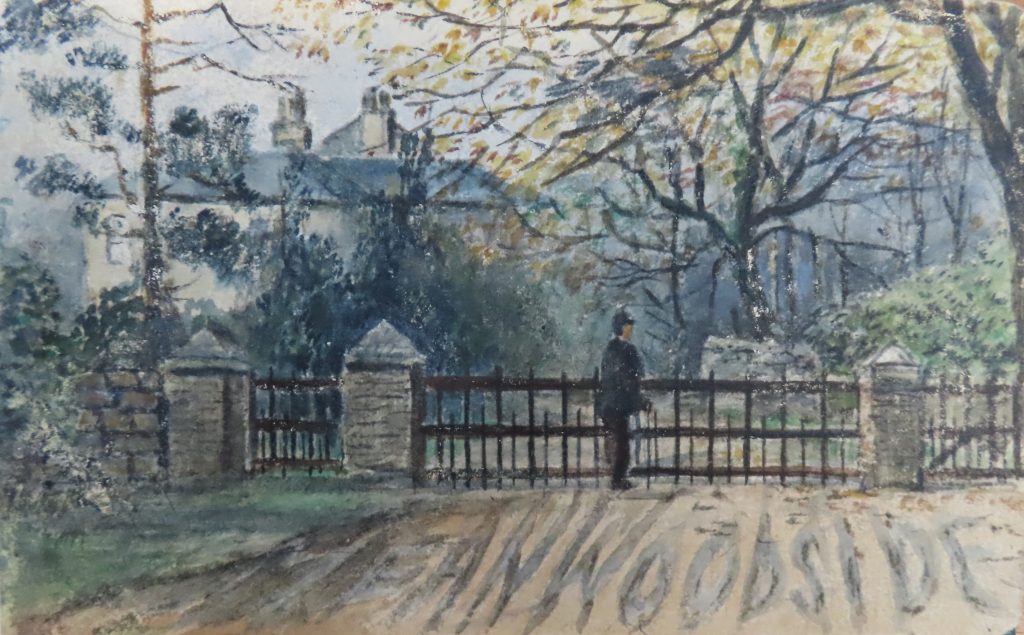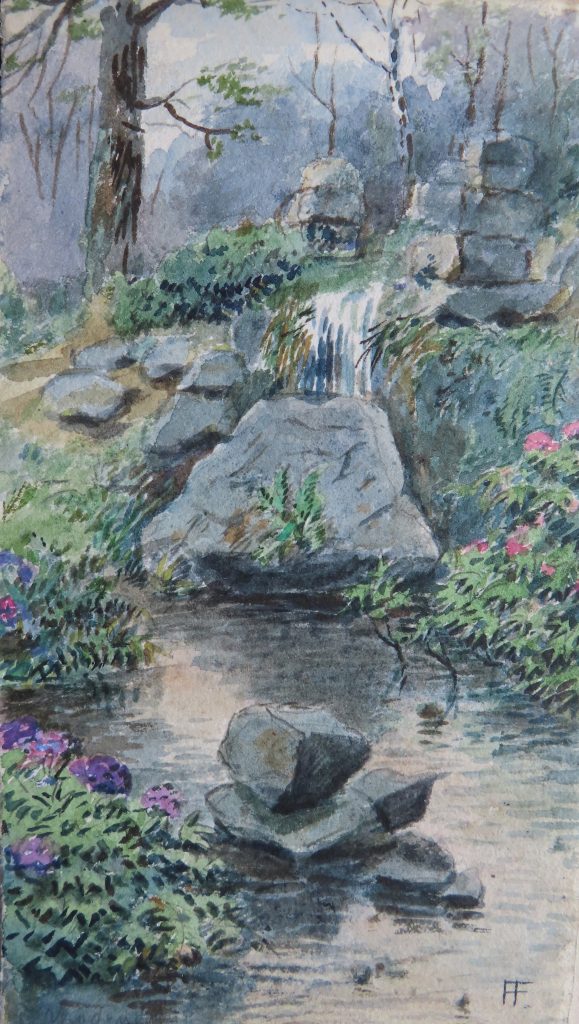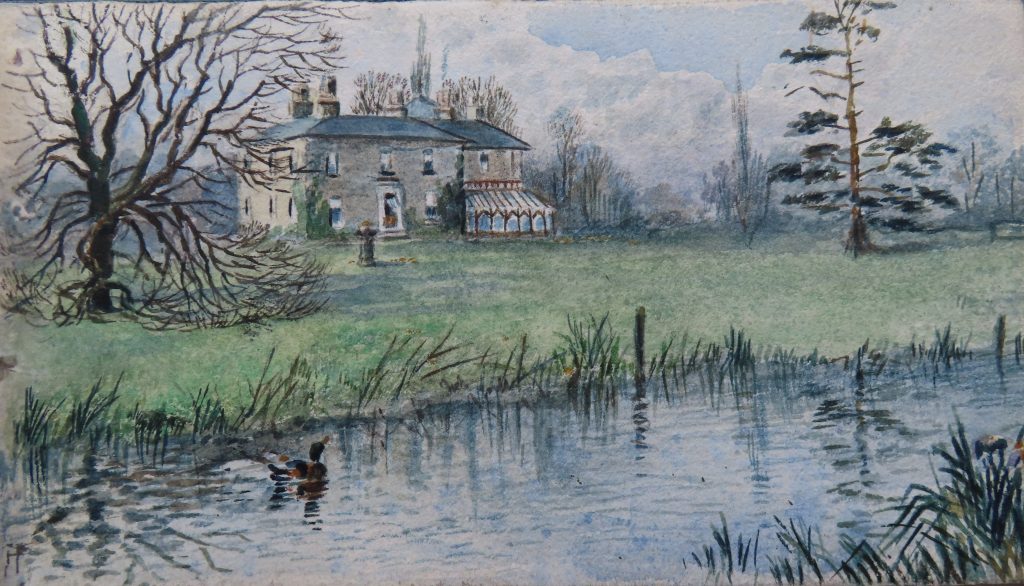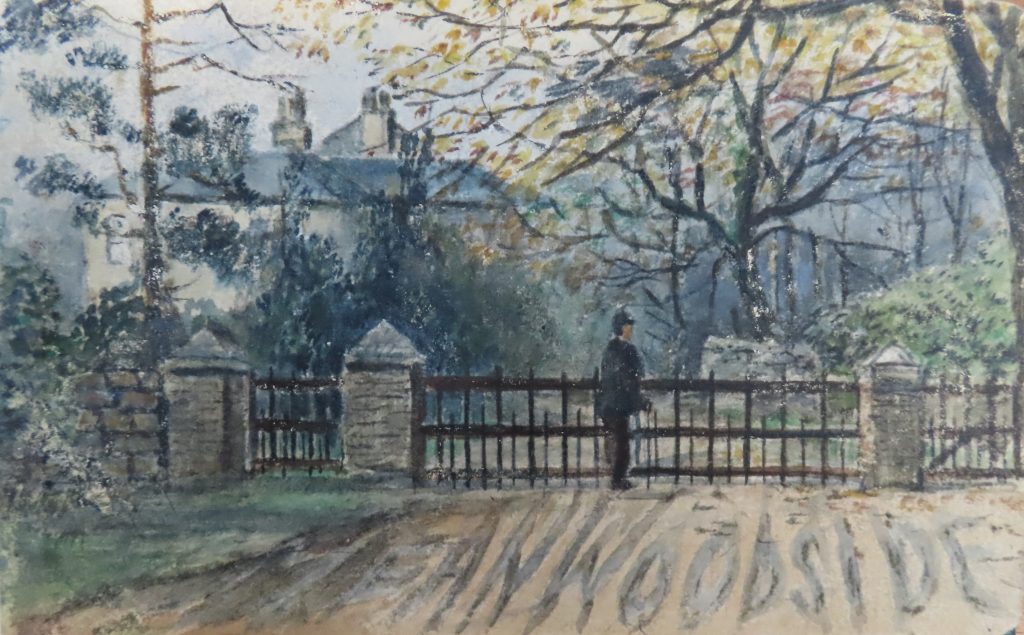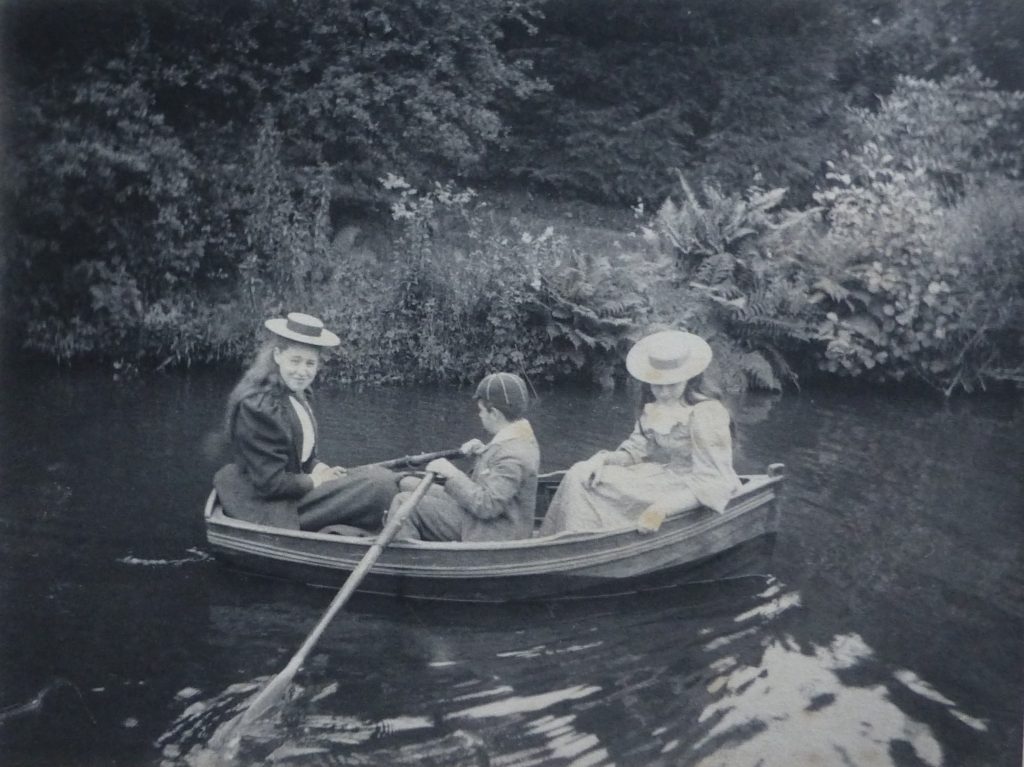This article forms part of the 350-page hardback book entitled ‘The Illustrated History of Chapel Allerton’ which includes more fascinating material uncovered by local historian Steven Burt. Urban Geographer Rachael Unsworth brings the coverage up to date and considers the future direction of the area. Reserve your book(s) now at £40 each by registering your details here.
Note: This is initially only an expression of interest, it does not commit you to burying a copy. Once a total of 400 subscribers has been reached you will receive details of how to pay from Leeds Civic Trust.
The ancient out-township of Chapel Allerton covered over 2,700 acres and included Gledhow, Moortown, Moor Allerton, Bentley and Meanwood. The forthcoming book includes all these areas, plus case studies of Gledhow Hall, Hawthorn House, Meanwood Towers, Carr Manor and Meanwoodside. Some of the most fascinating material found during my research pertains to the last site, better known today as Meanwood Park. I was so lucky to find the surviving relative of the Oates family who kindly gave me unique access to his archive and allowed me to photograph portraits and items from his Victorian and Edwardian photograph albums. Another fortunate discovery was the delightful series of sketches of Meanwoodside made by Fred Fitch around 1900, which are today kept in the Strong Room of Leeds Local and Family History Library.
The story of Meanwood Park dates back to medieval times when the Whalley family farmed the land which had been cleared from ‘Le Menewood’. When Francis Whalley died in 1784, he had failed to produce a male heir and so left the residue of his estate to his grand-niece, Ann Rinder, who lived in Lincolnshire and had no desire to move into her great-uncle’s dilapidated house. For fifty years the Rinders remained laissez-faire absentee landlords who leased the old farmhouse to tenants and allowed the fabric to fall into disrepair. In 1833 the estate was finally put on the market and the following year it was purchased by Edward Oates (1792-1865) a successful lawyer based at Furnival’s Inn, London, who had been brought up in Leeds.
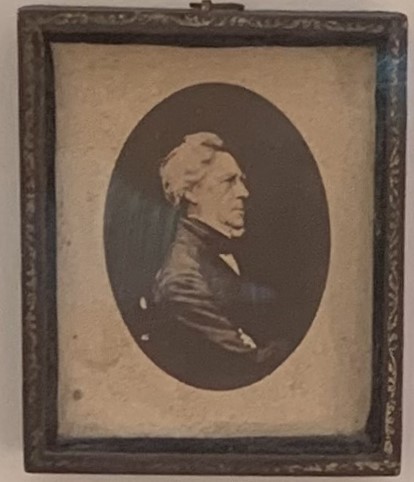
The old Whalley farmhouse dated back to the seventeenth century and was in a terrible state of disrepair. William Wilson, a local builder, reported that ‘… the back of the House is not inhabited nor can it be; the ceiling and false roof is bent down and falling from the rain … the roof being open to the sky’, Edward was not deterred. It was the grounds that took his immediate attention. He set about creating an impressive landscaped garden, stocked with many exotic plants. In 1834 and 1835 a number of small weirs and dams were created to hold back the water and make the beck pleasing to the eye. A large pond was excavated – later used as a boating lake. Over the next thirty years, Edward devoted an enormous amount of time, energy and money to transforming former farmland to create one of the most beautiful private gardens in Leeds.
On 17 October 1836, Edward married Susan, daughter and heiress of Edward Grace, a wealthy Leeds cloth merchant and Justice of the Peace.
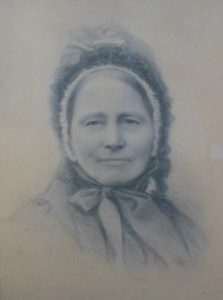
Edward had refurbished the old Whalley residence, but it remained a dated and unimpressive residence for a successful lawyer. He added a fashionable new house called ‘Meanwoodside’, that abutted the old Whalley property. It became home to the couple’s six children: Edward Grace, Francis, William, Charles, Emily and Frances. Edward died in 1865, but his wife carried on living there with her youngest son, Charles, until her death in 1889. With the money he inherited from his mother William moved from Leeds to Gestingthorpe Hall, Castle Geddingham in Essex. Nevertheless, William and his wife Caroline remained regular visitors to Meanwoodside. Charles really enjoyed the visits of their children Lilian, Violet, Lawrence and Bryan.
When Charles died, aged 58, in 1902 he was an extremely wealthy man. His sister-in-law, Caroline, travelled north to supervise the removal of the valuable contents of the house to Gestingthorpe Hall. Under her watchful eye, a huge amount of family silver, paintings, fine furniture, books and many of the items collected by Frank Oates F. R.G.S. Her inventory still exists today in the family archive.
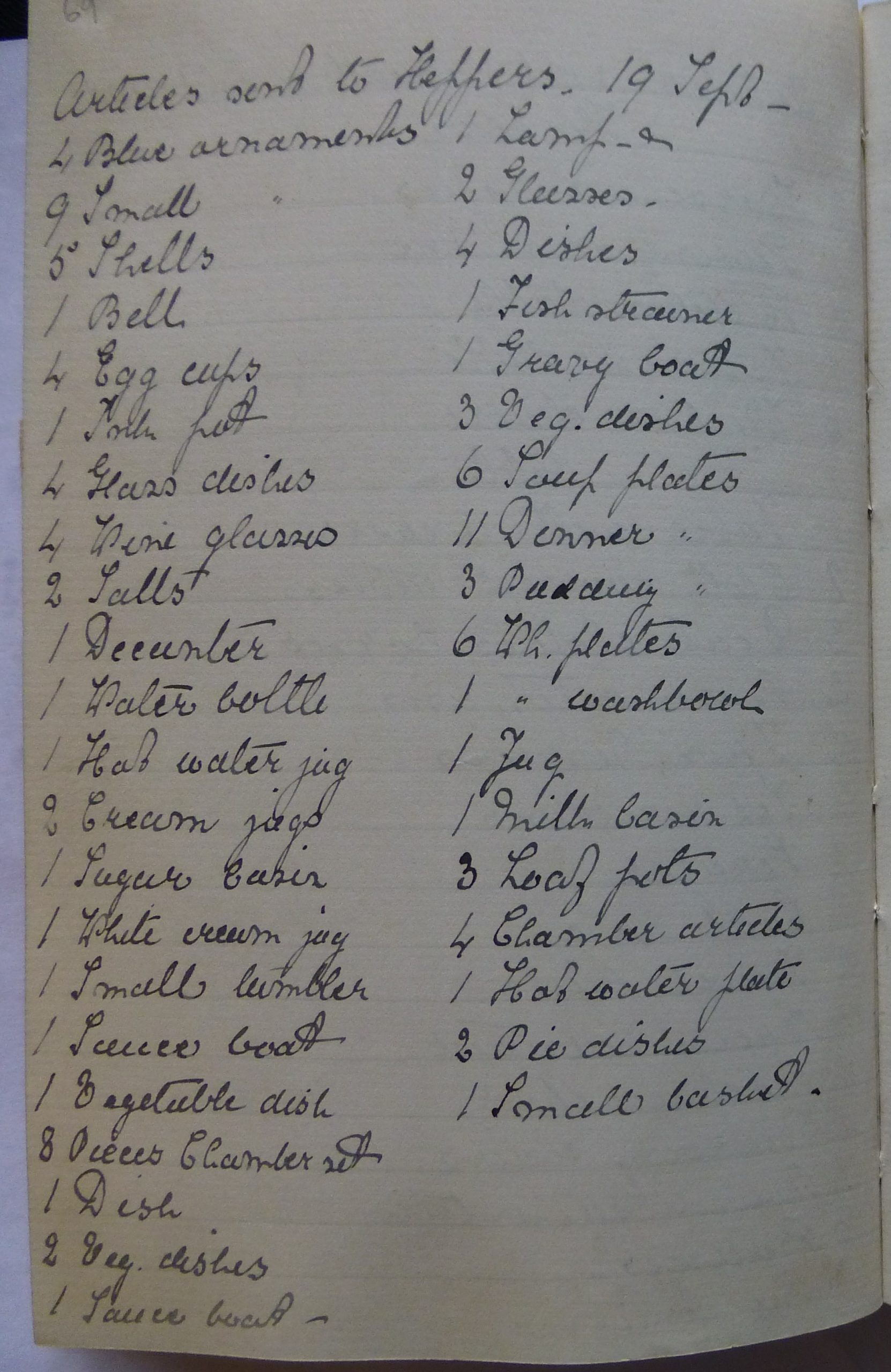
The bulk of Charles’s estate at Meanwoodside was inherited by his two nephews, Lawrence Oates (1880-1912), who later became famous for his gallant selfless act whilst on Scott’s final Antarctic expedition, and his younger brother, Bryan (1883-1964). The house was let the following year to Edwin Kitson Clark (1866-1942), a director of Kitson and Co., the famous locomotive manufacturing company, based at the Airedale Foundry. He eventually purchased the property from Bryan Oates in 1917. In November 1954 Leeds City Council bought Meanwoodside from Dr Ina Kitson Clark’s executors for £8,500. There were ambitious plans to retain the house as a museum celebrating the life of Captain Oates who had perished on Captain Scott’s last Antarctic Expedition in 1912. Estimates for the work and associated staffing costs made the scheme impractical and the house was demolished on 2 March 1955. Despite the sad loss of the building, the purchase of the estate was inspired and the park has become one of the most popular destinations for the citizens of Leeds to enjoy their leisure time.
Steven Burt
